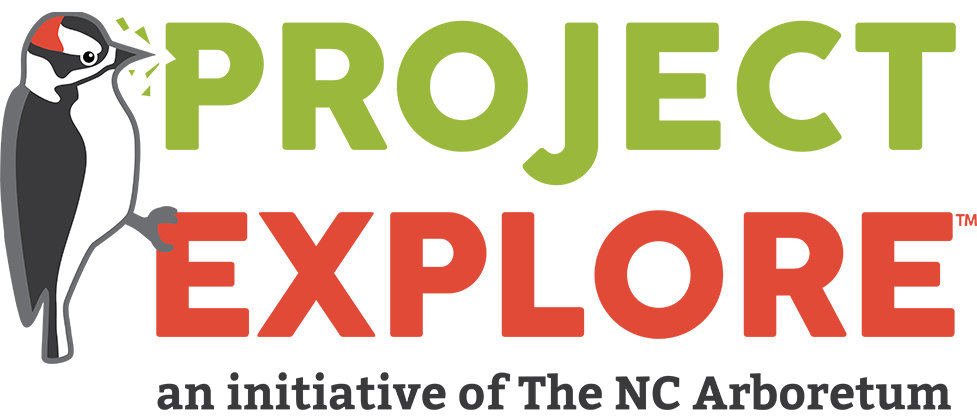Submitted By:
Carrie Erb, William W. Estes Elementary
Overview
Simple hands on lesson that can be completed with a few simple cheap supplies.
Grade Levels
1st, 2nd grade
Curriculum Correlation
1. L. 1., 1. L. 2, 2. L. 1
Duration
1 hour
Location
The project will start in the classroom for creation of food/house items. The project will
conclude outside of the school somewhere on the school property.
Materials
(Let the kids brainstorm how to attract more birds and squirrels to your school property.
Below is a general list that most students will come up with.)
- Peanut Butter
- Bird Seed
- Circular Cereal with holes
- String
- Plastic Knives
- Pine Cones
- Binoculars
- Science Journal
 Learning Targets
Learning Targets
I can come up with ideas of how to attract more birds and squirrels to my school.
I can make more food options for the birds and squirrels at my school.
 Educators Information
Educators Information
Find a place on your school property that would be an easy place to observe the wildlife
that visit your school during the day. Also make sure this area has places to add food
sources for the wildlife of the school. Send out an email asking the staff and the student
population to refrain from touching or moving the food sources that are put out on the
school property.
 Procedure
Procedure
Pose the question: How can we attract more birds and squirrels to our school?
Allow time for the students to brainstorm ideas in their science journal.
Have the students turn and talk with a partner about what they think will attract more birds and squirrels to the school.
Have the students share their ideas out loud.
From the students’ ideas, create a class hypothesis. Record on an anchor chart.
Create a list of supplies that will help fulfill the hypothesis.
Send an email to parents asking to help supply the supplies.
When supplies arrive, have the students work in groups to create the materials. (Ex. put peanut butter on pine cones and then roll in bird seed, put cereal on long strings)
Take created materials out to chosen spot on school property.
Before putting out the food options for the wildlife, take time to observe how many wildlife are in the area for a short amount of time (like 10 minutes). Students can use their binoculars to observe and record the number of birds and squirrels in their science journal. This number of animals will become your baseline. Hang out the food options and record by taking pictures. Return to the room and record the date and baseline information about the number of squirrels and birds in the area on the anchor chart.
Each day for the next several days, go out and observe where the food sources were hung and quietly observe (with binoculars) to count how many squirrels and birds are in the area. Also observe any changes in the food options that were put out, for example: is some food missing, can you tell if animals have visited the food sources, etc.
Once in the room, record observations on the anchor chart.
After several days, conclude the experiment by making a conclusion about whether adding the food sources to the school property attracted more birds and squirrels to the school property. Write the conclusion on the anchor chart.
 Supplemental Reading
Supplemental Reading
Find bird books that could help the students identify the birds that visit their school.
 Extensions
Extensions
Research wildlife that is common in the area around the school.



Leave a Reply
Want to join the discussion?Feel free to contribute!